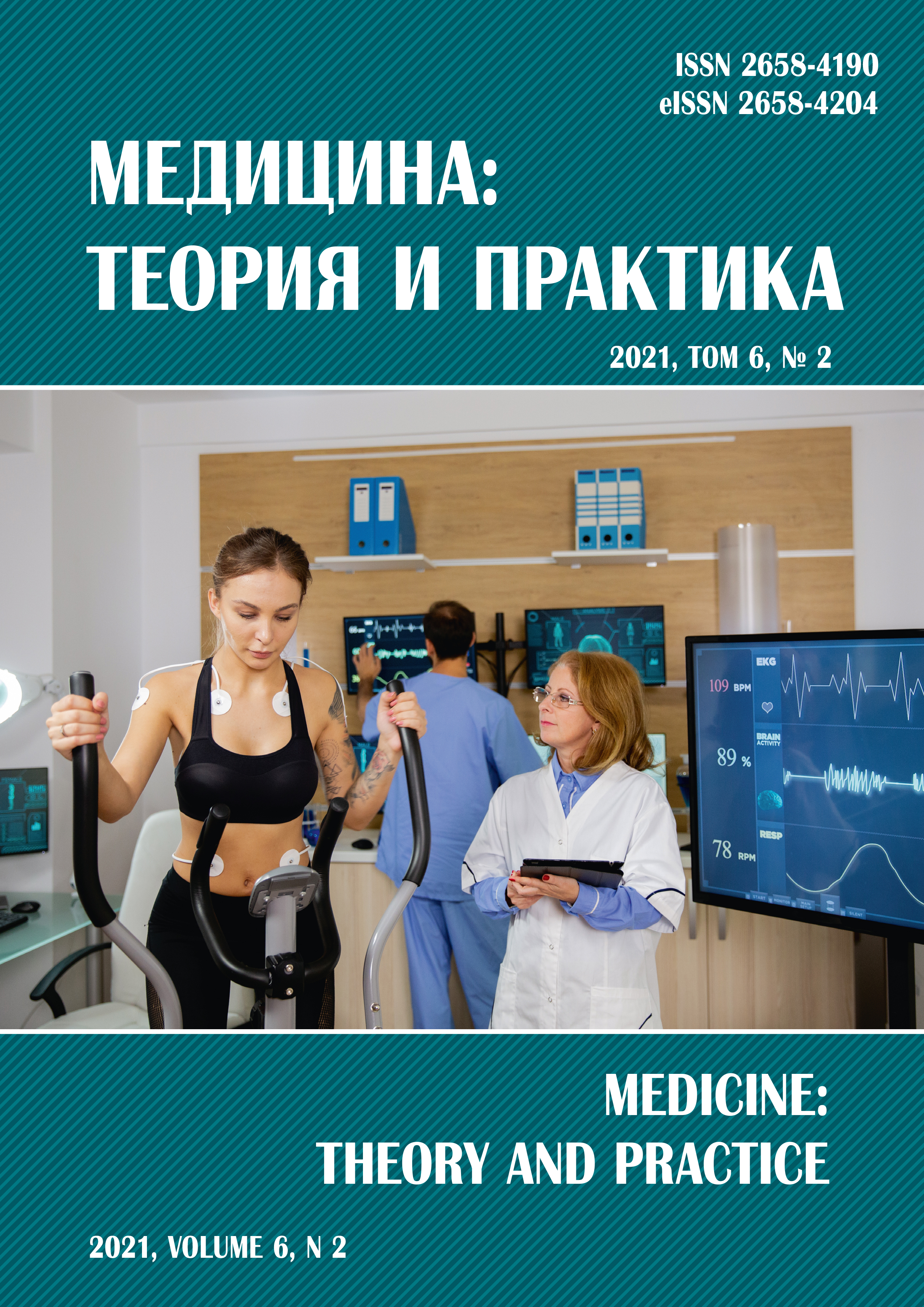PULMONARY HEMODYNAMICS IN MEN UNDER 60 YEARS OLD WITH RECURRENT EPISODES OF ISCHEMIA DURING MYOCARDIAL INFARCTION
Abstract
Background. The role of recurrent episodes of ischemia (REI) in the formation of pulmonary hypertension (PH) and heart failure (HF) in myocardial infarction (MI) in men under 60 years old (y.o.) has been insufficiently studied. Purposes and tasks. To assess changes in pulmonary hemodynamic parameters in men under 60 years of age in the acute and subacute MI periods with REI to improve understanding of the mechanisms of PH and HF development and to search for possible ways to improve prevention. Materials and methods. The study included men 19-60 y.o. with type I of MI. The patients were divided into two age comparable groups: I - study group, with REI (early postinfarction angina and/or recurrent MI) - 102 patients; II - control, without them - 540 patients. A comparative assessment of pulmonary circulation parameters in the first 48 hours and the end of the third MI week in these groups was performed. The results. In the first hours of MI the higher values of total pulmonary resistance (TPR) and mean pulmonary artery pressure (MPAP) were noted in the study group. When considering their dynamics at the end of the third MI week the MPAP decreased in both groups (I: by 8.7 %; p˂0.0001; II: by 15.0 %; p˂0.0001). TPR decreased in both groups (I: by 30.6 %; II: by 29.6 %; p˂0.0001) too. The heart rate - I: by 6.2 %; p = 0.03; II: 8.4 %; p˂0.0001). At the end of the third MI week, MPAP remained elevated in the study group (I: 30.6 ± 12.7; II: 27.2 ± 7.7; p = 0.03). In patients with REI, there were significant correlations of weak and moderate tightness between pulmonary circulation and parameters of the structural and functional state of the LV, peripheral hemodynamics, lipid, electrolyte, nitrogen metabolism, hemostasis, quality of life and prognosis of MI. Conclusions. REIs impair pulmonary circulation at the end of the third MI week, which increases the risk of PH.



